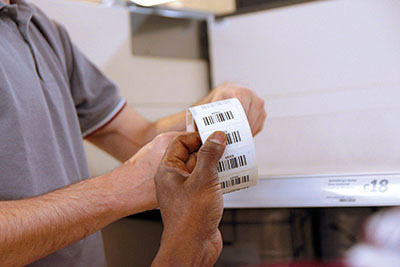Why is Asset Tagging Important to a Business?

Every business will have fixed assets whether it is beds in a hospital, trolleys in a store, computers in an office or chairs in a school.
If business assets aren’t managed correctly you can end up with under utilised or surplus equipment. From computer monitors to industrial tools, identifying, tracking, understanding where they are located, asset verification and maintenance control of assets with asset tags can be critical to any company’s bottom line.
It is important to identify any company assets journey from purchase, condition, repairs and eventually disposal. If a company does not have an asset register showing this information, then items can easily be stolen, moved between locations and may not easily be replaced if the condition of the item is unknown.
Asset tagging is the process of attaching tags or labels to assets to identify each one individually normally with a bar code and track data from real-time location to maintenance history. Tags can be assigned to both fixed and moveable assets that are spread across multiple sites and warehouses. Enabling businesses to achieve a complete view of the owned assets and have asset audits on a regular basis verifying the assets they own.
No matter the type or size of a business, the ability to tag assets and continually track them is incredibly important. Not only is asset tagging an easy way to identify the number of assets a business has, it also allows the business to benefit in other ways including being able to quickly locate equipment rather than having to ring around multiple sites. Other benefits are reducing costs by minimising the amount of items stolen or additional costs spent on unneeded duplicate items.
An asset register may include real-time data on geographical locations, whether the asset is available for use and the current stock levels of that particular item. An asset register can also include performance monitoring and work history, also an asset’s purchase price and current value.
When assigning tags, the correct data that matches the specific asset needs to be included. By doing so, a business can essentially create a detailed profile for each item that can be accessed through an asset register. Asset data can be captured manually or by asset management software and can include whatever is relevant to the business, but the most common are shown below:
- Serial numbers
- Bar code of tag
- Item name
- Manufacturer details
- Date of purchase
- Location
- Condition
- Value at purchase
- Value now
- Potential lifespan of item
In conclusion, by a business tagging the assets they have full control of them, which in turn will save both time and money.